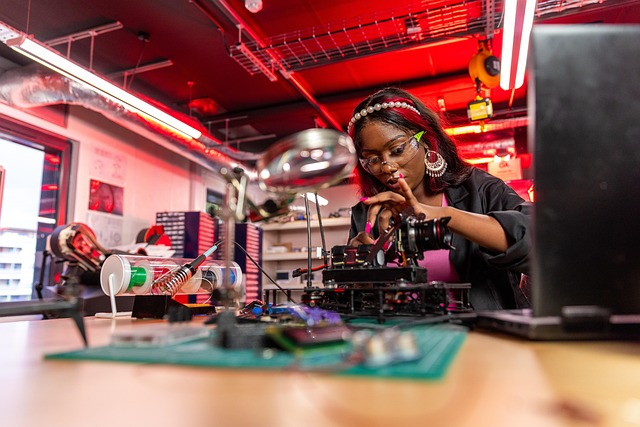The Future of Robotics: Exploring the Power of Soft Robotics
As we stand on the brink of a technological revolution, the realm of robotics is witnessing an impressive evolution. Among the most promising avenues is the field of soft robotics, which blends the intricacies of engineering with the delicate touch of nature.
Imagine a world where robots can navigate complex environments, interact with humans and animals, and adapt to their surroundings effortlessly. Soft robotics is not just an extension of traditional robotics; it embodies a philosophy that prioritizes innovation through flexibility, safety, and intelligence. Unlike rigid machines that may be intimidating and harmful, soft robots are designed to comply with their surroundings, making them perfect partners in various sectors.
The potential applications of soft robotics are vast. In the medical field, soft robotic devices could assist in surgeries with precision while being gentle enough to avoid any harm to vital tissues. Think about robotic limbs that mimic the dexterity of the human hand, allowing for a level of skill and sensitivity never before possible in prosthetics.
Outside the operating room, soft robots are making waves in agriculture. Imagine robots that can pick fruit without damaging sensitive crops or those that can navigate uneven terrain to plant seeds with unmatched care. Such technologies not only enhance productivity but also promote sustainable farming practices.
Additionally, soft robotics is paving the way for breakthroughs in education and research. By creating soft robotic prototypes, students and researchers can engage in hands-on learning that emphasizes creativity and experimentation. It nurtures an environment where innovation flourishes, inspiring the next generation of engineers and scientists.
Moreover, the interplay between biology and engineering brings us closer to understanding natural movement and behavior. By studying the soft, pliable structures found in nature, like octopus arms or the petals of flowers, engineers can design robots that move fluidly and gracefully. This biomimicry leads to advancements that might have once seemed like science fiction.
The emotional connection we have with robots also evolves in light of soft robotics. These robots, with their gentle designs and affectionate movements, can serve as companions for the elderly or those with disabilities, fostering a sense of warmth and connection that traditional robots often lack. They offer the promise of creating environments where technology enhances our emotional well-being.
As we delve deeper into the world of soft robotics, it’s essential to consider the ethical implications and embrace responsible innovation. Balancing technological advancement with human values will ensure that these creations enhance our lives rather than detract from our humanity.
The future of robotics is not just about cold metal and circuits; it is about forging collaborative relationships between humans and technology. Soft robotics symbolizes a shift towards a kinder, more intuitive world where technology can feel like an extension of ourselves, enriching our lives in unexpected and marvelous ways.




